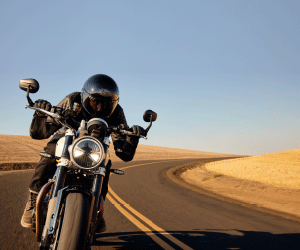Dani Pedrosa, despite not being an active MotoGP rider, is deeply involved in the development of the sport, particularly in the field of aerodynamics, through his role as an official test rider for KTM. Pedrosa’s expertise reveals a complex relationship between bike design and rider performance, highlighting the significant impact of aerodynamics on the modern MotoGP experience.
Pedrosa has spoken about the challenges presented by the growing reliance on aerodynamic components, such as wings and appendages, on MotoGP bikes. These elements, while enhancing stability and cornering speed, have also made the bikes more physically demanding. This evolution in design complicates overtaking maneuvers and increases the physical burden on riders, who now have to manage higher cornering speeds and the resulting forces.
Despite his vast experience and contributions to the sport, Pedrosa finds himself in a continuous battle with KTM’s aerodynamic engineers. He strives to balance the search for aerodynamic efficiency with the need for bikes that are manageable and responsive to the rider’s demands. Pedrosa’s main argument lies in the compromise between aerodynamic gains and the maneuverability of the bikes. He argues that current aerodynamic solutions, although theoretically beneficial, often result in bikes that are more difficult to control, especially in the dynamic context of a race where quick changes of direction and close combat with other riders are common. Pedrosa’s criticism extends to the overall feel and feedback provided by the bikes. He suggests that excessive aerodynamic load can dilute the connection between the rider and the machine, giving the feeling that it is the bike, and not the rider, that dictates the action. This shift, according to Pedrosa, diminishes the spectacle of MotoGP races and the ability of riders to express their skill and style on the track. Reflecting on the evolution of MotoGP machines, Pedrosa expresses a preference for the simpler and cleaner designs of the past. He recalls a time when bikes were devoid of complex aerodynamic aids, a period he considers more enjoyable for both riders and spectators. Pedrosa’s comments underscore a broader debate in MotoGP about the direction of bike development and the balance between technological advancement and the preservation of the sport’s core values, such as the skill of the rider and competitive racing.In summary, Dani Pedrosa’s ongoing dialogue with KTM’s aerodynamics department highlights the intricate relationship between technology and sport in MotoGP. As the series continues to evolve, the challenge will be to find a compromise that maintains the essence of MotoGP while embracing the possibilities offered by technological innovation.











